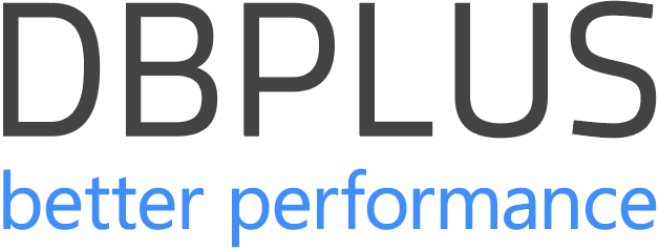21/11/2024
Slash Your Cloud Database Bills: Proven Cost Optimization Tactics
Every silver lining has a cloud database, and in this case, it’s the bills that thunder down post-deployment. Indeed, 61% of enterprises chant the mantra of cost optimization, though the costs of cloud computing often spiral higher than expected.
What exactly is cloud database cost optimization? It’s our sherpa guiding us through the financial fog, ensuring we’re not pouring funds into the cloud abyss unnecessarily. It’s about fine-tuning our resources, so we pay only for the computing muscle we flex, ensuring our cloud ventures are both lean and mighty.






